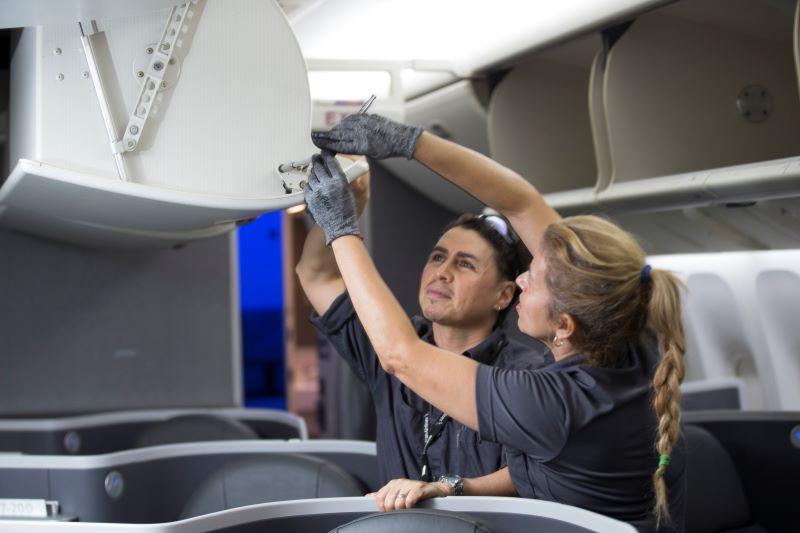
Credit: American Airlines
WASHINGTON—A major revamp to the rules that spell out how U.S. schools teach aspiring aviation mechanics is inching toward completion, with a few key steps remaining before new standards come into force. The FAA on March 10 published on its website the proposed text of an interim final rule...
Subscription Required
This content requires a subscription to one of the Aviation Week Intelligence Network (AWIN) bundles.
Schedule a demo today to find out how you can access this content and similar content related to your area of the global aviation industry.
Already an AWIN subscriber? Login
Did you know? Aviation Week has won top honors multiple times in the Jesse H. Neal National Business Journalism Awards, the business-to-business media equivalent of the Pulitzer Prizes.





